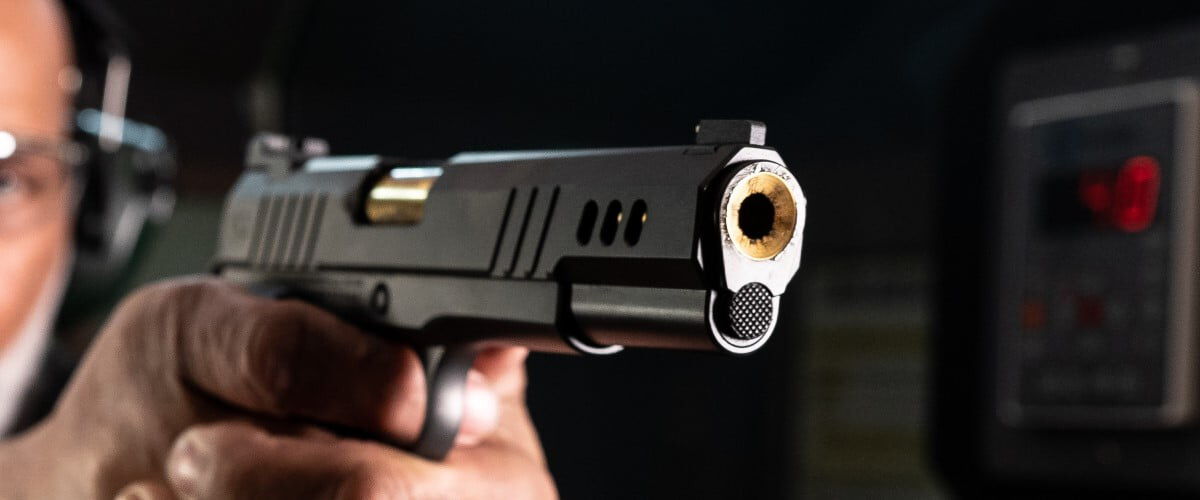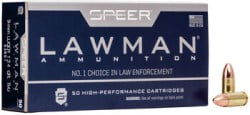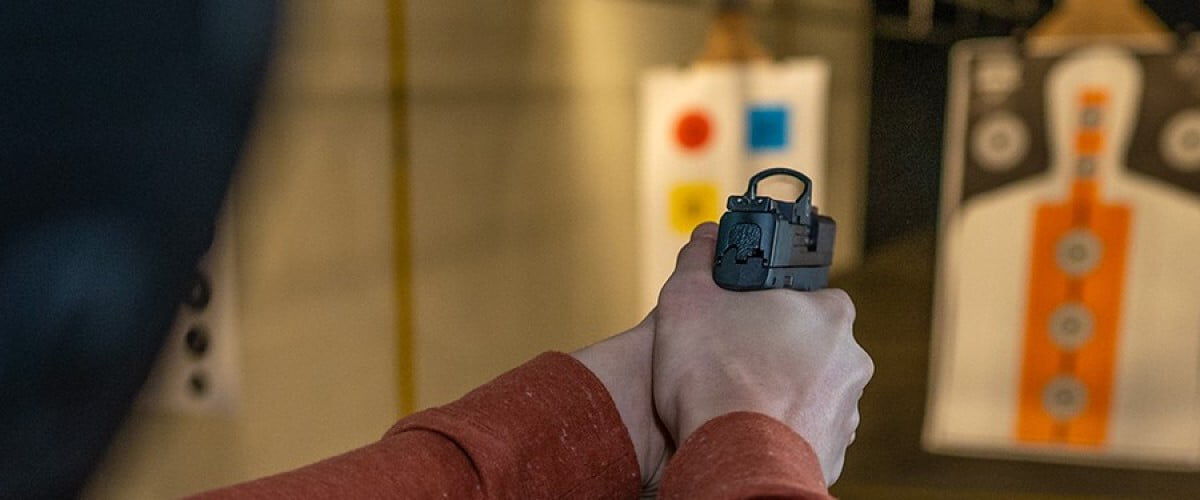
Selecting a pistol presents many options, including choices of make, model and caliber, so it might come as no surprise that handgun owners sometimes overlook a critical consideration: sights. That’s a mistake, according to Jim Gilliland, a competition shooter and retired U.S. Army first sergeant. After all, sights let a pistol shooter put rounds on target.
“Sights are a very personal thing,” he says. “It’s what your eye likes to see and how you acquire them. That’s why there are some that have a big round dot on the front post. Some have traditional squares. Some have a U-cut or V-notch on the bottom of the rear sight. There are all different kinds, colors and shapes. It really just depends on what you particularly like to see when you present the sights, what you put together with your eye and what looks the best to you.”
Options For All
Common pistol-sight choices include standard iron sights, fiber-optic options, night sights, micro red dots and even laser sights. When filtering through options, Gilliland says, shooters must consider the intended application for their pistol and which sight performs best for them. For example, Gilliland uses iron sights on his carry handguns.
“For general carry use, I like a standard or slightly wider front sight,” he says. “You’re very front-sight focused when you’re shooting a pistol, and the larger front sight helps draw your eye to it, as opposed to a competitive sight, where you have a really thin front blade to get a precise aiming point.”
Gilliland also likes night sights of various colors. “I like a red circle on the front and green on the back, or vice versa,” he says. “Having the offset color front to rear helps you pick them up quickly.”

Lawman
Train with ammunition that not only offers superb consistency but also feel and point of aim that are as close as possible to your self-defense loads. All Speer Lawman options are loaded with our exclusive TMJ bullet.
Buy NowRed dots have become very popular, as they can help shooters be quick and accurate with moderate practice. Also, they appeal to older shooters who find it difficult to focus their eyes on standard front sights. However, Gilliland says transitioning from standard sights to red dots might take time.
“You can’t just go from traditional iron sights all your life to a red dot,” he says. “It does take some time and some range work to be able to pick it up and point that gun as directly as you did before and put the dot where you want to.”
Likewise, laser sights are attractive options for many shooters, especially those who don’t take time to practice a lot. Further, they can provide a sense of confidence. But Gilliland cautioned that, as with red dots, shooters must still become familiar with laser sights.
“It still has to be shot and has to be zeroed,” he says. “You still have to be concerned where that laser is pointing. There can be some advantages. You can expose less of yourself and still know your gun is pointing on target. And it gives a lot of confidence knowing that wherever that dot is, that’s where my projectile is going to go.”
It’s Range Time
Whatever your sight choice, Gilliland says, you must work to become familiar and proficient with using it.

“You have to go to the range,” he says. “You have to be comfortable with it. It’s not just about being able to carry a gun. It’s being able to use it when you need it the most. There are still so many people out there who purchase guns and it’s a placebo. It makes them feel better, but they’re not willing to spend the time and effort to be proficient with the gun. At that point, you can be just as dangerous—if not more dangerous—when trying to use it and not truly confident in it. If you’re going to buy a gun to carry, you have to do your part—your due diligence. You must be confident with it, shoot it will enough and manipulate it well enough to do everything you need to do in the worst scenario.”
One of the best practice drills involves simply drawing the pistol and getting it on target. That can be done at the range or as a dry-fire drill.
“It’s the ability to get your gun between your eye and the target and having your sights aligned properly,” he says. “It’s about the draw and the presentation.”
Ultimately, Gilliland says, shooters should keep an open mind about experimenting with various sights, as you never know if a new style or model might help you perform better.
“It’s really personal preference,” he says. “Just because your gun comes with sights on it and they work doesn’t mean there isn’t something out there that shoots better. Don’t be afraid to try the technology. Do your research.”